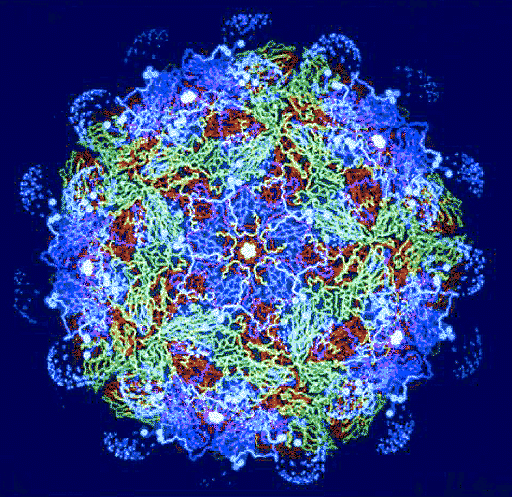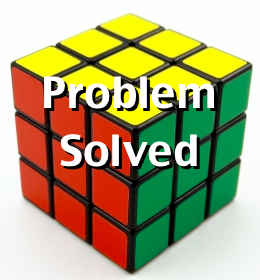 |
LITR 4332 American
Minority Literature 2013 Student Midterm Samples midterm assignment #1. Short essay (4-6 paragraphs) on 1 of 2 options
option 1b. Favorite
term, objective, concept |
 |
Frances Henderson
“Kaleidoscope Heart”: The Color Code
and Me
Of all the terms and concepts that I have been exposed to
since starting Minority Literature, the hardest one to discuss and accept has
been the color code. While the idea of color coding is not new for me, the
extent to which it has historically been used against different racial groups is
extremely discomforting. Even during class discussions the tension and general
distress were nearly palpable. Despite this, I really believe that huge strides
have been taken towards healing the wounds left by inequality and prejudice. The
progression of the use of color codes in Harriet Jacobs’
Incidents in the Life of a Slave Girl
and Toni Morrison’s The Bluest Eye
show this positive change. While we live in a society that is still trying to
completely see past color, there are guiding beacons in pop culture of what
color really matters—the color of our hearts.
Jacobs’ autobiographical narrative is
unsettling because of its casual and almost offhand comments about the horrors
of slavery, particularly the aspects related to color codes. Almost immediately
she says that “in complexion my parents were a light shade of brownish yellow,
and were termed mulattoes” (1.2). Despite being a major factor in racial
prejudice, having the desired white skin would not save a child born to a slave.
As Jacobs points out about her uncle, “He was a bright,
handsome lad,
nearly white; for
he inherited the
complexion my grandmother had derived from Anglo-Saxon ancestors” (1.6). The
most heartbreaking example of this is when Jacobs describes seeing two children
play together. “One was a fair white child; the other was her slave,
and also her sister” (5.11).
The
first child has a bright beautiful world ahead of her. But her half sister,
cursed by the color of her skin and her mother’s place in life. will one day
learn that “the flowers and sunshine of love were not for her. She drank the cup
of sin, and shame, and misery, whereof her persecuted race are compelled to
drink” (5.12). As a child of modern times, Jacobs’ calm acceptance is
heartbreaking.
Morrison also
addresses the issue of color coding through Claudia’s interaction with white
baby dolls. While still a young child, she cannot understand why “all
the world had agreed that a blue-eyed, yellow-haired, pink-skinned doll was what
every girl child treasured” (22). When she destroys the doll she is
unconsciously rebelling against the color code that says white is good and black
is bad. Morrison continues to use color throughout
The Bluest Eye as universal
descriptors. A perfect example of this is in the description of when Pauline
meets Cholly. Pauline recounts vividly the colors of purple berries, yellow
lemonade, and green from the june bugs. She concludes her memory by saying “all
of them colors was in me. Just sitting there” (105). For me, out of the whole
book, that line left the largest impact. The colors she describes as being a
part of her are also a part of me but built out of my own memories.
I think this shift from looking at and talking about color
codes in terms of external color to internal color is where we are going as a
society. At least I hope it is. Realistically, part of the awkwardness that
comes with discussing color codes comes from the fact that they do still exist.
Children of mixed racial background are arbitrarily placed in a category of
their own and treated with confusion; the country’s history of slavery,
segregation, and civil inequality are fresh in memories. Placing priority on
internal color—the color of the heart—is where our salvation rests. A perfect
example of this is the short but pointed song “Kaleidoscope Heart” by Sara
Bareilles:
All the colors
Of the rainbow
Hidden ‘neath my skin
Hearts have colors
Don’t we all know
Red runs through our veins
Feel the fire burning up
Inspire me with blood
Of blue and green
I have hope
Inside is not a heart
But a kaleidoscope
While negative color codes still exist, this song keeps
reminding me that change is happening every day. After all, humanity is a
colorful rainbow of differences. We just have to remember to refrain from seeing
it monochromatically and instead embrace the kaleidoscope.
[Bareilles, Sara. “Kaleidoscope Heart.” Kaleidoscope Heart. EPIC, 2010. MP3]
